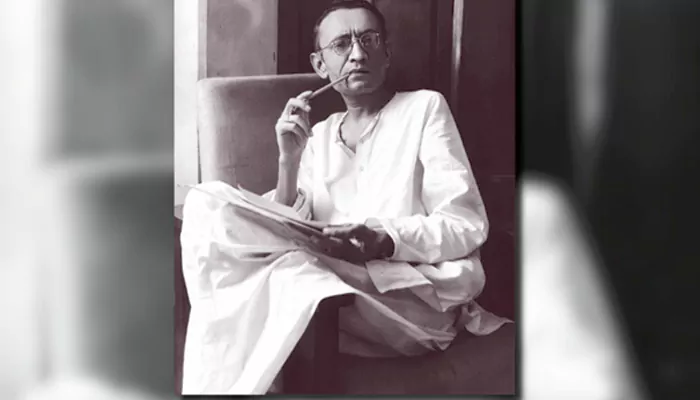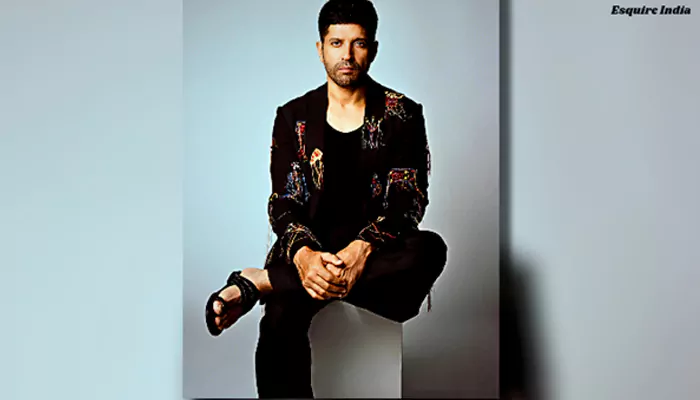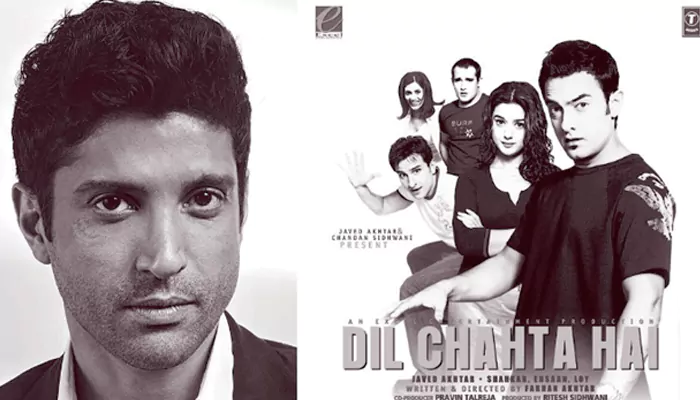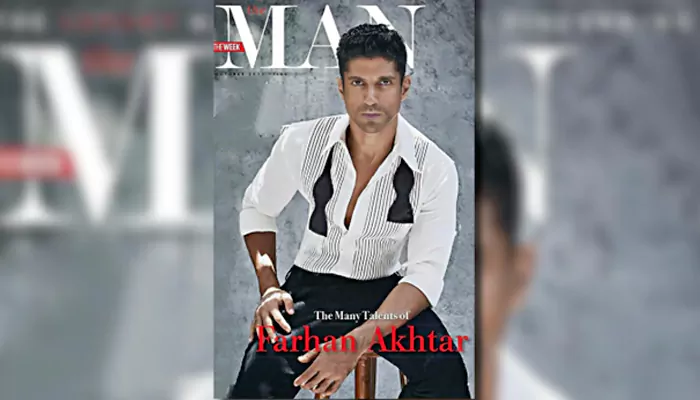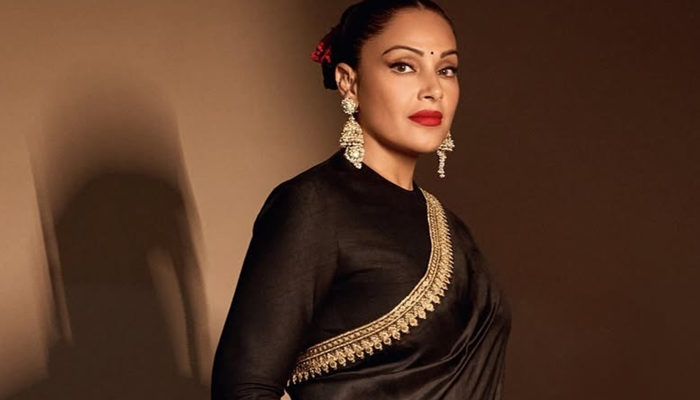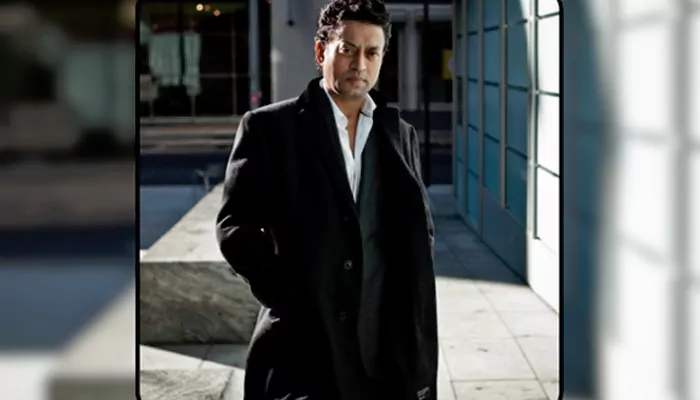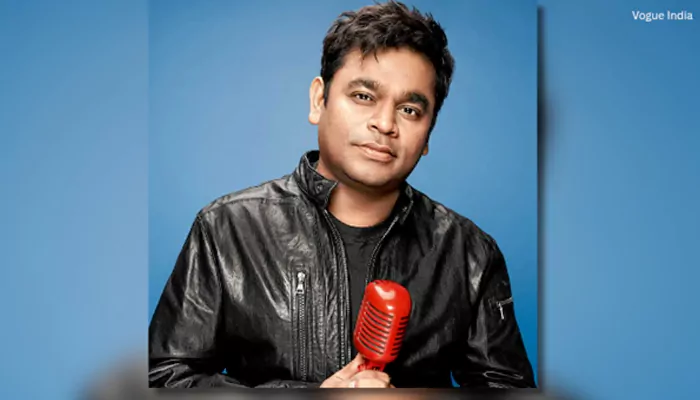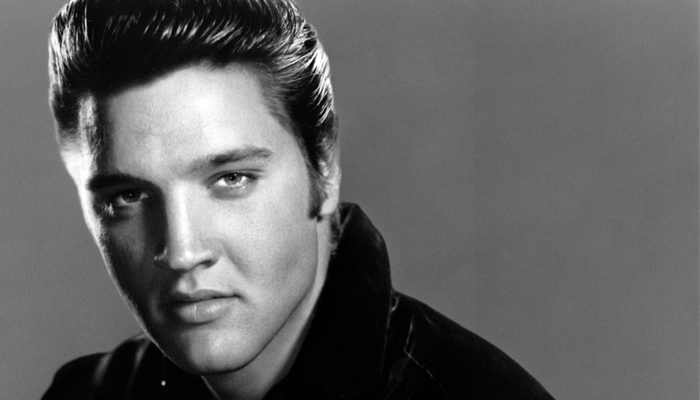Culinary Cinema: Movies That Celebrate the Craft of Cooking and Serving
- Puja Sinha
- 1 year ago
- 4 minutes read

Cinema has its own delicate art to wish us bon appétit, and a few such cinematic gems have tugged at our heartstrings.
Cinema, time and again, has celebrated food and drinking—the gastronomical landscape of civilisation that speaks of culture, anthropology, and tradition. To know about food is to know about the times that precede it. While some movies adopt a comical and breezy approach towards food, a few others have a more maudlin take towards it. Nonetheless, we see how food is the centrepiece of attraction, love, and joy. The sumptuous presentation of food on screen is a visual treat; a poem that appeals to the senses.
Babette’s Feast (1987)
The sensuality of food is now bestowed with transformative and sacred powers. Babette’s Feast is a phenomenal tale of cooking-as-art: a movie that does not flinch away from navigating the intricacies of cooking French cuisine. The Danish film is a testimony of memory, longing, and artistry that are portrayed parallelly with French gastronomy. Each dish evokes our senses and renders Babette’s Feast an iconic genius of the 20th century.
Birds of Prey (2020)
So much about the spectacular bodega sandwich that we have Birds of Prey featuring Harley Quinn. To Quinn, food becomes a medium to recover from pangs of sadness and loss. Some grizzling sizzles and layers of fine-textured cheese unfurling make Birds of Prey a memorable watch.
Mystic Pizza (1988)
The characters in Mystic Pizza live an unimaginative life working at a local pizza joint famous for its zesty “secret sauce” that lures customers on a daily basis. This pizzeria is as much a character as a setting against the backdrop of which the characters gather the courage to dream, live, and love. Even decades after the release of this rom-com, Mystic Pizza remains a famous landmark in Connecticut.
Tampopo (1985)
Perhaps no art form has rejoiced in storming up love and devotion towards noodles as Juzo Itami’s Tampopo did. Mavericks Gun (Ken Watanabe) and Gorō (Tsutomu Yamazaki) take upon themselves the task of teaching Tampopo, owner of a sinking ramen joint, the techniques of preparing this Japanese dish by scheming plots and espionage attempts. Nothing quite matters when it is about perfecting a bowl of ramen. History has not documented the rich culture and versatility of ramen in the way Tampopo does as different individuals and their paths tangle up in the process of cooking ramen.
Soul Food (1997)
A cinema that celebrated the healing capacity of homecooked meals shared with an African-American family, the scenes of cookouts, dinners, and potlucks shown in the cinema capture the mood. Bowls and dishes shared around common tables become a symbol of unity and strength. Even the star-studded cast could not supersede the beauty and effervescence that food retained throughout the running time. Freddie Petross was the food stylist who could be crowned for bringing out the aesthetics of food for the audiences to savour!
The Taste of Things (2024)
A romantic rendezvous with food, The Tate of Things explores the passion and romance involved in the therapeutic art of cooking. Director Trần Anh Hùng weaves a cooking sequence spanning 40 minutes—perhaps the epitome of cooking in cinema. Interweaved with food is the romantic love between Eugénie and her gourmet boss Dodin Bouffant.
In the movie, we have French cuisine, and its beauty is accentuated by leaps and bound with the presence of French chef Pierre Gagnaire who designed the palatable dishes that were prepared on set by Michel Nave. The lip-smacking recipes from the French countryside. Love simmers before coming to a full boil, and there could not have been a better metaphor for food and cooking.

